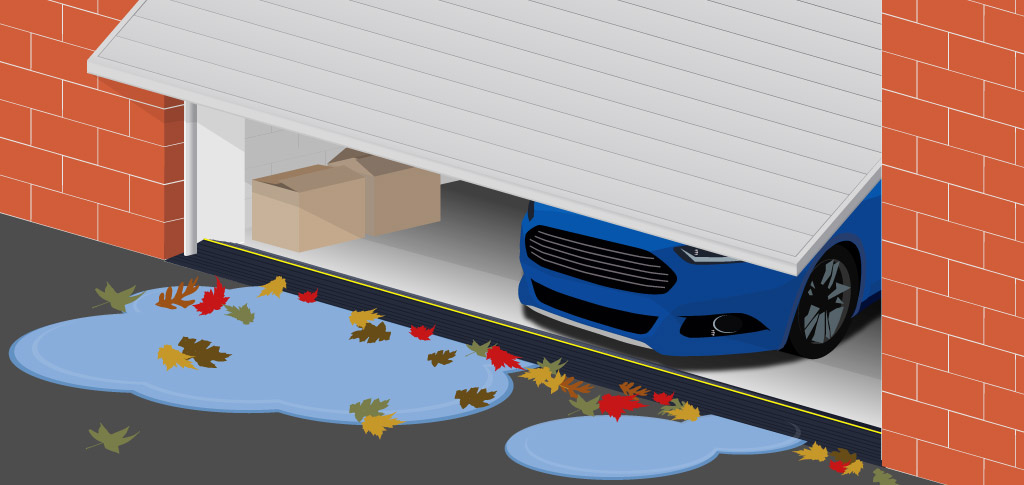






















When it comes to sealing your garage door, there are several options available depending on your needs and the type of garage door you have. Here are some common seal options:
- Weather Stripping: This is perhaps the most common type of seal used for garage doors. It usually consists of a strip of rubber or vinyl that is attached to the bottom of the garage door to create a tight seal against the floor when the door is closed. Weather stripping helps to keep out drafts, dust, and pests.
- Threshold Seal: This type of seal is installed on the floor directly beneath the garage door. It creates a barrier to prevent water, debris, and pests from entering under the door. Threshold seals are often made of rubber or vinyl and can be attached using adhesive.
- Side and Top Seals: In addition to sealing the bottom of the garage door, it’s also important to seal the sides and top to prevent air and water infiltration. Side seals are typically installed along the sides of the door, while top seals are installed along the top of the door or the door frame.
- Brush Seals: Brush seals consist of flexible bristles that create a barrier against drafts, dust, and pests when the door is closed. They are often used on the sides and top of the garage door and provide a more flexible seal compared to rigid materials like rubber or vinyl.
- Garage Door Bottom Seal Retainers: These are metal or plastic channels that hold a rubber or vinyl seal in place along the bottom of the garage door. They provide added support and durability to the bottom seal, helping it to withstand repeated opening and closing of the door.
Before purchasing seals for your garage door, make sure to measure the dimensions of your door and determine the type of seal that will best suit your needs. Additionally, consider factors such as climate and the amount of exposure to elements your garage door will have.

